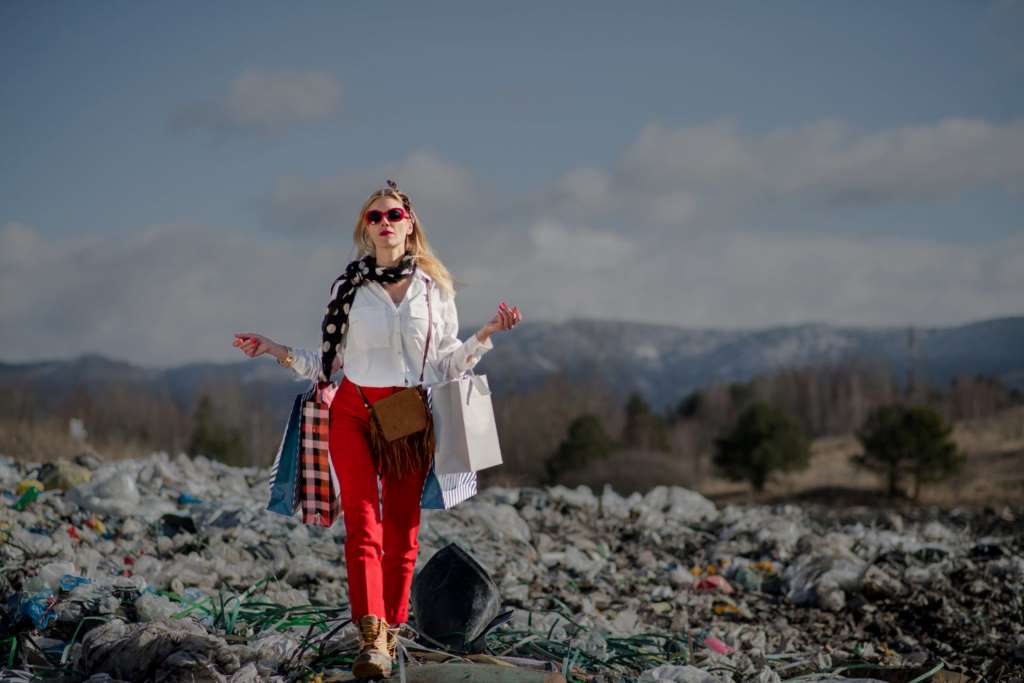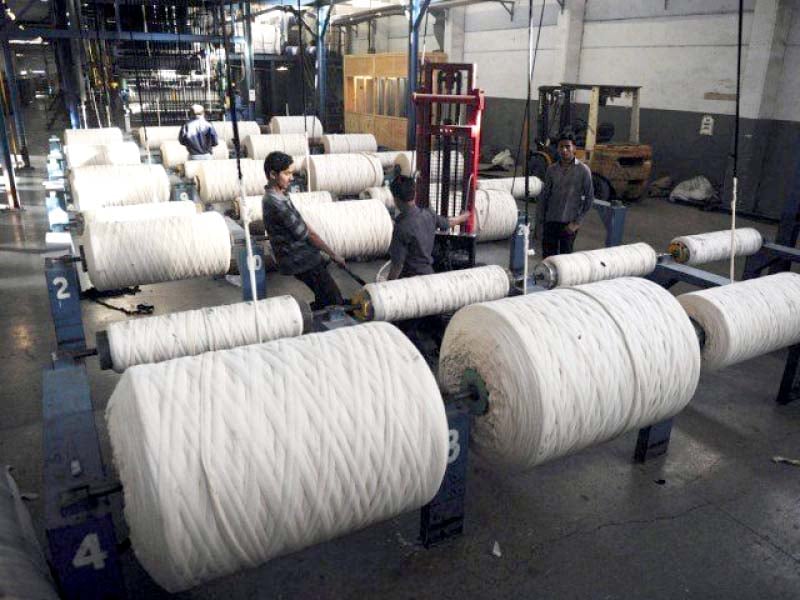
The fashion industry is in a whirlwind. Fast fashion, with its trendy clothes at rock-bottom prices, continues to dominate the market, projected to reach a staggering $291.1 billion by 2032 at a CAGR of 10.7 per cent. However, a growing shadow looms – the environmental cost of this relentless trend.
The market is segmented by various factors, with the adult segment leading the pack in terms of growth, followed by males as the dominant gender category. Independent retailers currently hold a significant share, but online stores and brand stores are catching up rapidly. Interestingly, Asia-Pacific is projected to be the fastest growing region in this market.
Enter Ultra-Fast Fashion: A new level of speed
Ultra-fast fashion takes the concept of fast fashion to an extreme. Brands like Shein churn out thousands of new designs per day, capitalizing on fleeting trends and impulsive buying habits. This model disrupts traditional retail by offering incredible speed and flexibility. However, the environmental impact is a major concern. The industry is accused of excessive water usage, chemical pollution, and textile waste.
In fact, fast fashion, with collections renewed a few times a year, already faces criticism for its environmental impact. But the new breed of ultra-fast fashion takes it to a whole new level. Shein for example, churns out thousands of new designs daily, fueled by a data-driven, ultra-flexible supply chain. This allows it to capitalize on fleeting trends and impulsive buying, but at a tremendous environmental cost.
Several factors fuel the growth of both fast fashion and ultra-fast fashion. Affordability is top most as fast fashion caters to a desire for trendy clothing without breaking the bank. This is particularly attractive to younger demographics like millennials and Gen Z. Novelty is another allure. The constant influx of new designs feeds the need for variety and keeps consumers engaged. Then online platforms and widespread retail chains make fast fashion readily available. Strategic partnerships with celebrities and influencers create a sense of urgency and exclusivity, driving impulsive purchases.
Some facts about global fast fashion are that the market is segmented by gender, with the male segment expected to maintain the lead. The market is divided into adults, teens, and kids, with adults currently driving the most growth. Independent retailers, online stores, and brand stores. Online stores and brand stores hold a combined market share of around 35 per cent. In terms of geography, North America currently holds the largest market share, but Asia-Pacific is expected to see the fastest growth in the coming years.
This model of excessive consumption exacerbates the environmental issues of fast fashion, leading to proposals like penalties. For example, the French government is considering penalties of up to 50 per cent of a garment's price to offset the environmental impact of ultra-fast fashion companies. France is also proposing bans on advertising by ultra-fast fashion companies.
Slow fashion’s new allure
In response to these concerns, a movement for slow fashion is gaining momentum. Slow fashion emphasizes ethical production, sustainable materials, and quality over quantity. This approach aims to reduce the environmental footprint of the fashion industry. No wonder, consumers are increasingly looking for slow fashion, which prioritizes ethical production, quality materials, and timeless styles.
Can fast fashion be sustainable?
The answer is a maybe. Some fast fashion companies are incorporating sustainable practices like:
Eco-friendly materials: Using recycled fabrics or organic cotton can lessen environmental impact.
Ethical labor: Ensuring fair wages and safe working conditions for garment workers.
Waste reduction: Initiatives to minimize fabric waste during production and encourage garment recycling.
However, the core business model of fast fashion – rapid production and low prices – inherently clashes with true sustainability.
The long-term outlook is a balancing act
The future of fashion lies in finding a balance. Consumers can make conscious choices, opting for sustainable brands and buying less, but more durable, clothing. Regulations like those proposed in France, aiming to penalize ultra-fast fashion brands, could incentivize a shift towards sustainability. Businesses need to innovate and adopt eco-friendly practices throughout their production cycles. Ultimately, a collaborative effort from consumers, policymakers, and the fashion industry is crucial to ensure a future where style meets sustainability.












